 Categories
Categories 
Gems are loved for their color and shine. A sparkling pendant necklace, ring, bracelet, or earrings is the most desirable jewelry one would love to have. Other than this, sparkling stones also have a great influence in astrology. The higher the brilliance in gemstones, the greater the energy flow, and you receive more astrological benefits. This all-inclusive guide provides you with insight about the factors that lead to sparkle in a stone, their types, and how they can be enhanced.
Brilliance is the amount of light that passes through the stone and reflects back. The brilliance is higher if the gemstone is cut precisely. Simply put, it is the property of the stone to shine or sparkle. Out of the big four gemstones, diamond is said to be the most sparkling stone. However, the most brilliant gem in the world is moissanite. This is because the refractive index is higher than others. There are many factors that impact the brilliance of gemstones. Let's see what these are:
There are many factors that impact the brightness of the stone. Lets see what these are::
It is the property by which light is reflected and refracted. In the case of gemstones, the same holds true. A gemstone with a high refractive index, such as a diamond with 2.42 RI, has a higher brilliance. This means that if you tilt the stone, it reflects the light at a much wider angle. Thus, the gem shines brighter. On the contrary, if the refractive index is low, like quartz with RI 1.54, it reflects light at a smaller angle, thus making the stone look dull.
Natural gemstones feature inclusions that have been common to them since their formation. Gems with higher transparency are those that contain fewer or no inclusions. These imperfections are considered visible flaws, like those in rubies, sapphires, and emeralds. For instance, ruby stone showcases rutile needles; if the proximity of these flaws is higher in the gem, it will result in dullness. However, if these are few or negligible, the light passes through the stone without any obstruction. Thus, the gemstone sparkles brightly.
A well-cut stone with balanced proportions between the crown, pavilion, table, and girdle contributes to overall brightness. Symmetry across the entire gem not only enhances its visual appearance but also reflects the light. A precise shape of the stone also highlights the high quality of the stone. This is because it brings rich color and clarity. After the cutting process, some gems are polished to provide them with enhanced brilliance. For instance, Moonga Ratna are polished and sold in the marketplace to make them valuable stones for jewelry.

The brilliance of colored gemstones depends on the saturation of the hue. If a gem has a very dark color, the light passing through it doesn't get reflected and is absorbed within. Medium-tone and highly saturated stones are preferred because light reflects through them and makes them sparkle. Treatment of gems is another way through which color and clarity are enhanced. High transparency through the treatment process allows the gem to reflect more energy and shine bright.

Fire refers to the dispersion of white light into rainbow colors. It is purely seen in moissanite stones and diamonds. The facets of the stone disperse light, making it sparkle.
Brilliance represents the brightness of the stone, whereas scintillation is the reflection of light when the gemstone is moved or the light source is moving.
In order to ensure the beauty of the stone, you can follow these steps:
-Clean your gem with the help of a soft bristle brush. Use mild soap and rub the surface with it. Doing this will avoid scratches over the surface.
-Avoid the use of harsh chemicals such as perfumes and cosmetics. This can discolor your gemstone. Do not wear gemstone jewelry while swimming or doing household activities.
-Inspection of the gem with the help of a professional jeweler is important as it prevents it from being damaged.
In conclusion, ratnas with high shine play an important role in determining astrological value. Powerful gems like blue sapphires, emeralds, and rubies show their effectiveness when they reflect light and appear bright. In Vedic astrology, vivid stones harness more cosmic energy from related planets. This energy radiates around the wearer, bringing benefits like wealth, health, career prospects, and relationship happiness.
Brilliant gemstones have high value in the marketplace, but one should ensure that all shining stones are not natural. This is because synthetics, imitations, and glass also have similar brightness, and sometimes even more. Hence, buyers should have knowledge on how to identify real gems. You can also perform these identification tests at home.
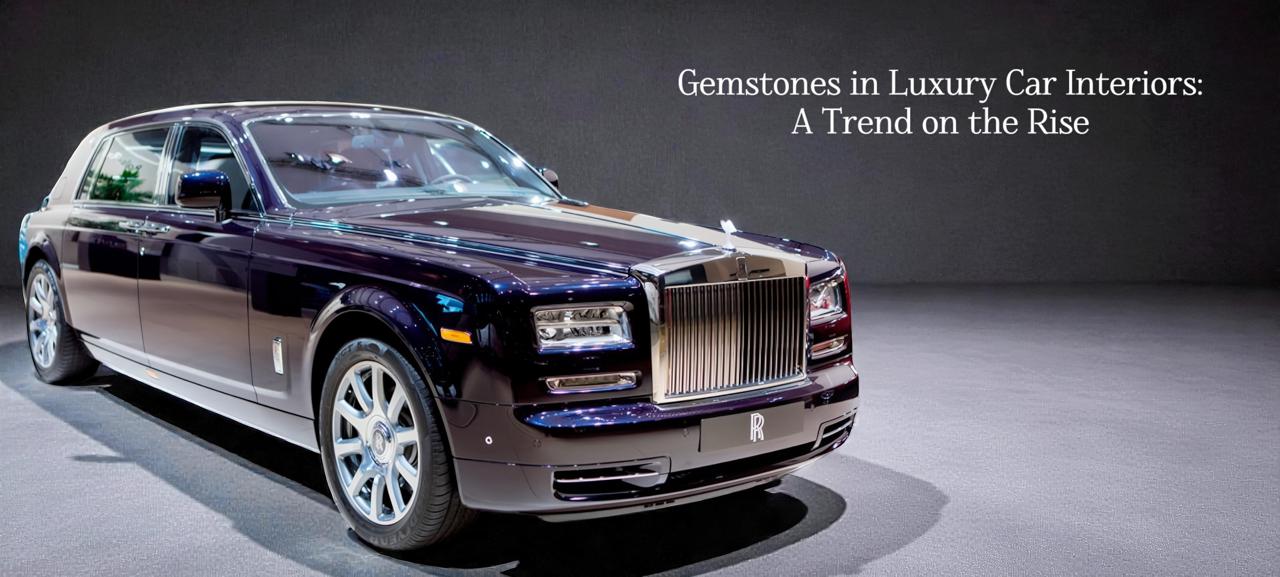
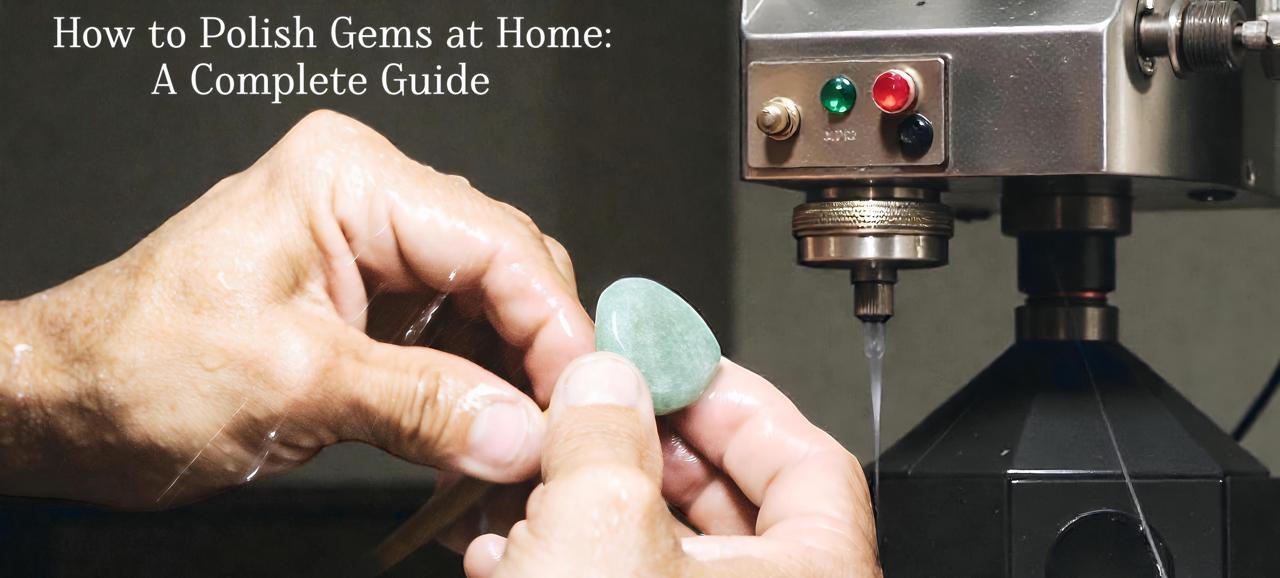
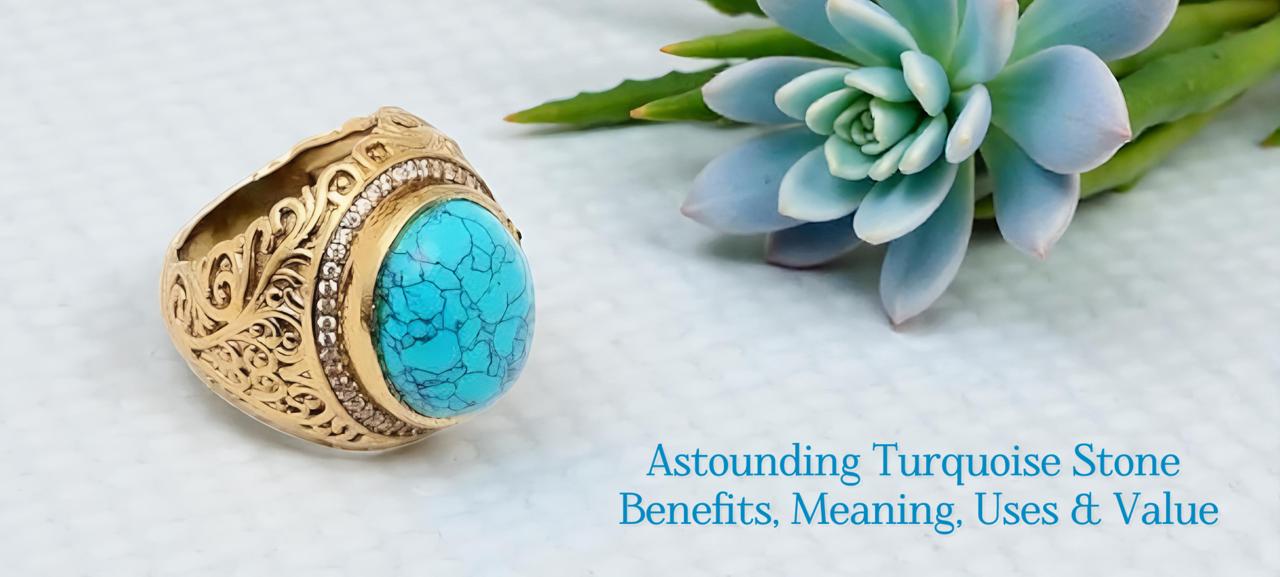
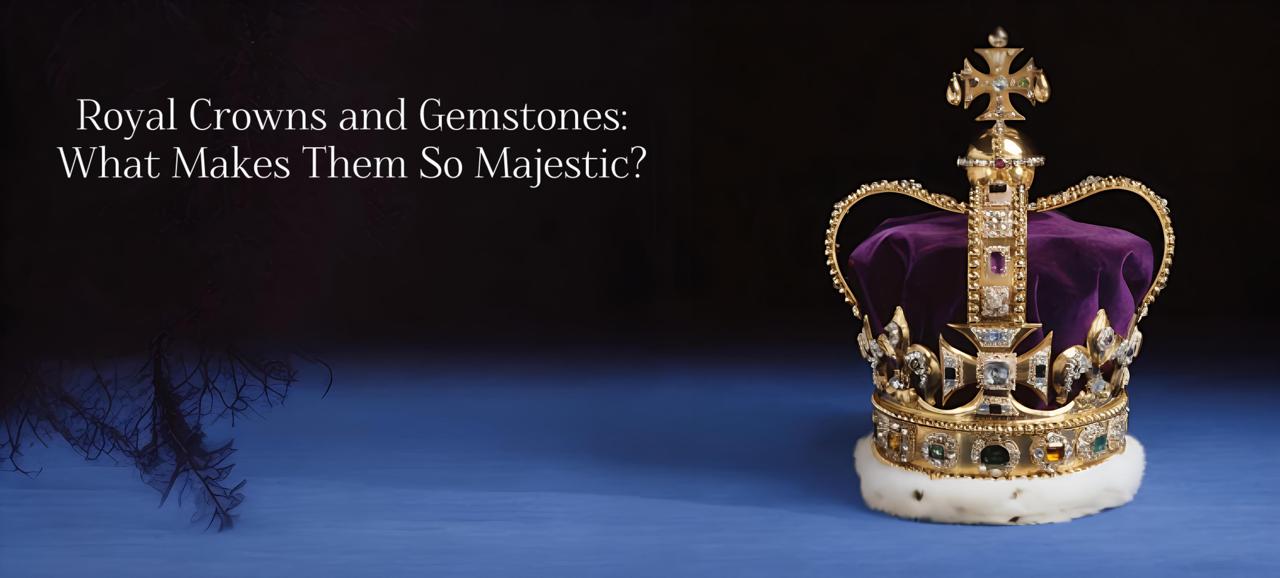
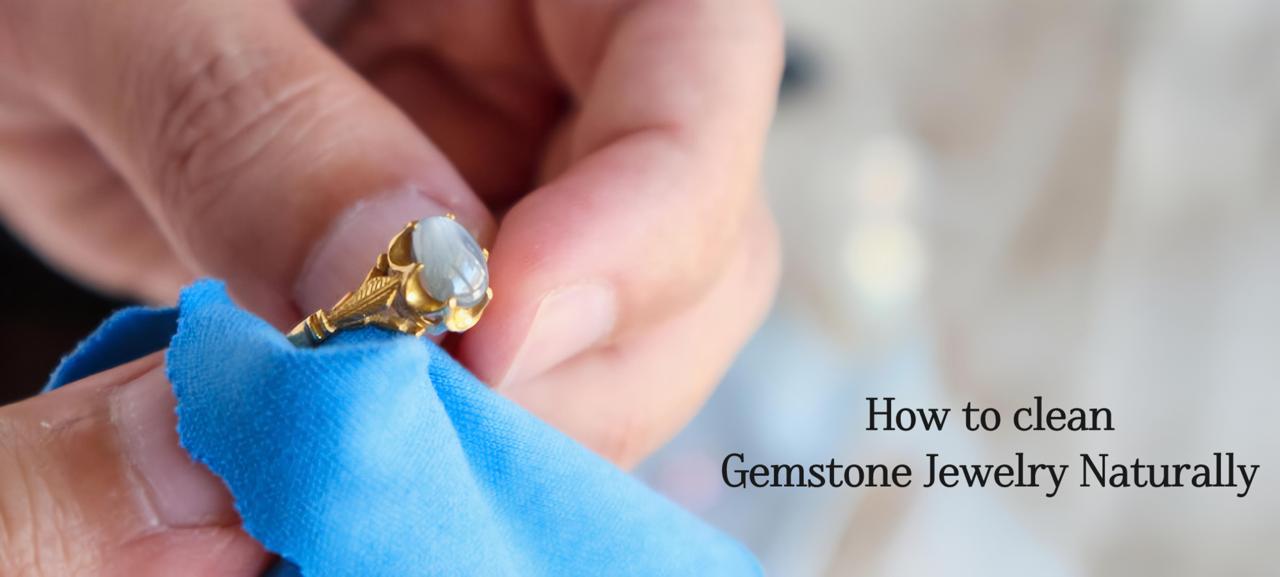
How to Clean Gemstone Jewelry Naturally: Easy & Effective Tips
December 5th, 2025